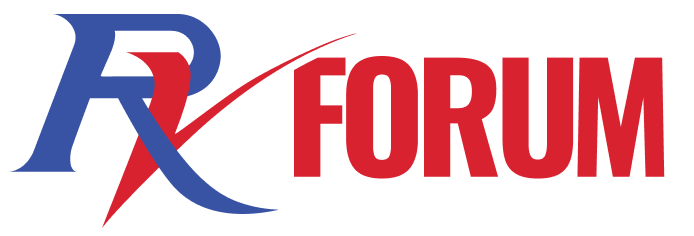I'm wondering what is the better package to run with?
The WiFiRanger (WFR) RV combo bundle combines their mobile antenna (or their Sky) with the new Go2 router and Millenicom service with an old 4620le hotspot on Verizon towers.
How effective is the WFR setup at picking up campground WiFi if it is available, and the quality of that connection?
Does that hotspot need that Wilson Sleek booster?
How about that RV antenna or an amplifier?
Is that hotspot enough to sustain your mobile internet needs and how much data do you typically use?
What do you use data service for (e-mail, Pandora, hulu+, netflix, basic web searching, etc.)?
That 4620le hotspot is old old old technology in our modern age. As a reference, Verizon has offered 5 newer models since that one debuted. Are there better alternatives to the 4620le/Sleek/antenna/amplifier combo?
Which is better, a hotspot repeated through the WFR Go2 router (or some other device/router), or is it an aircard or similar plugged in or tethered via USB (3.0 even)?
Could I use the SIM card from the 4620le provided through Millenicom in a newer device, and are there benefits to doing so?
Some suggest a secondary carrier, which one and why? How often do you need to fallback on the secondary? Does the secondary require additional antenna setups?
Can the WFR (or other setup) connect to WiFi, a primary cellular connection, and a secondary connection; can it distinguish between multiple connections imposing limits and hot switching between each one?
All of these considering reasonable upfront and monthly costs, and moderate tech skill level.
Thanks in advance for any assistance. I'm sure I'll have more questions after. If anyone thinks this should be it's own thread feel free to change it, I'm just adding to the conversation started.
(Initially posted in newcomers but no response)
The WiFiRanger (WFR) RV combo bundle combines their mobile antenna (or their Sky) with the new Go2 router and Millenicom service with an old 4620le hotspot on Verizon towers.
How effective is the WFR setup at picking up campground WiFi if it is available, and the quality of that connection?
Does that hotspot need that Wilson Sleek booster?
How about that RV antenna or an amplifier?
Is that hotspot enough to sustain your mobile internet needs and how much data do you typically use?
What do you use data service for (e-mail, Pandora, hulu+, netflix, basic web searching, etc.)?
That 4620le hotspot is old old old technology in our modern age. As a reference, Verizon has offered 5 newer models since that one debuted. Are there better alternatives to the 4620le/Sleek/antenna/amplifier combo?
Which is better, a hotspot repeated through the WFR Go2 router (or some other device/router), or is it an aircard or similar plugged in or tethered via USB (3.0 even)?
Could I use the SIM card from the 4620le provided through Millenicom in a newer device, and are there benefits to doing so?
Some suggest a secondary carrier, which one and why? How often do you need to fallback on the secondary? Does the secondary require additional antenna setups?
Can the WFR (or other setup) connect to WiFi, a primary cellular connection, and a secondary connection; can it distinguish between multiple connections imposing limits and hot switching between each one?
All of these considering reasonable upfront and monthly costs, and moderate tech skill level.
Thanks in advance for any assistance. I'm sure I'll have more questions after. If anyone thinks this should be it's own thread feel free to change it, I'm just adding to the conversation started.
(Initially posted in newcomers but no response)
